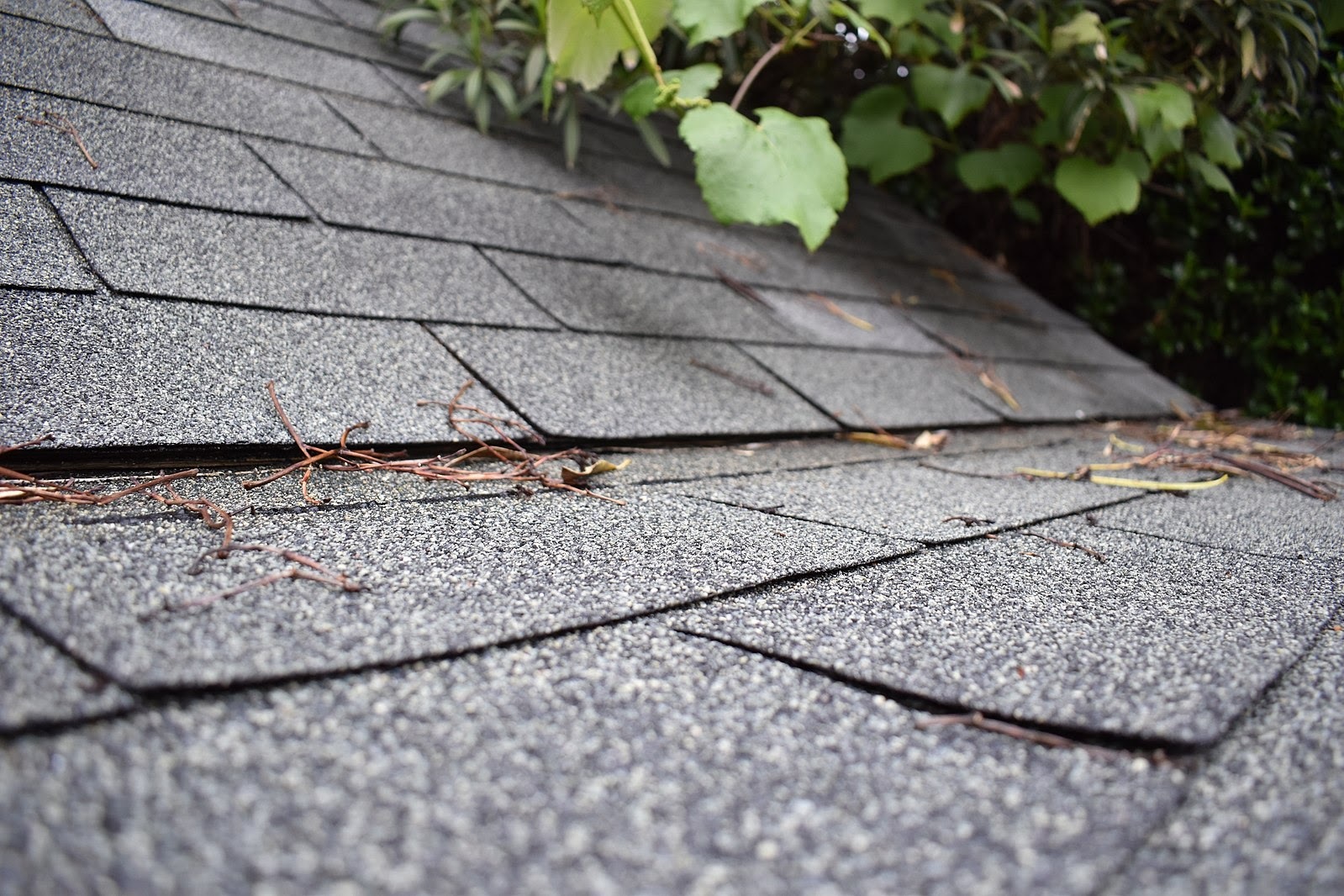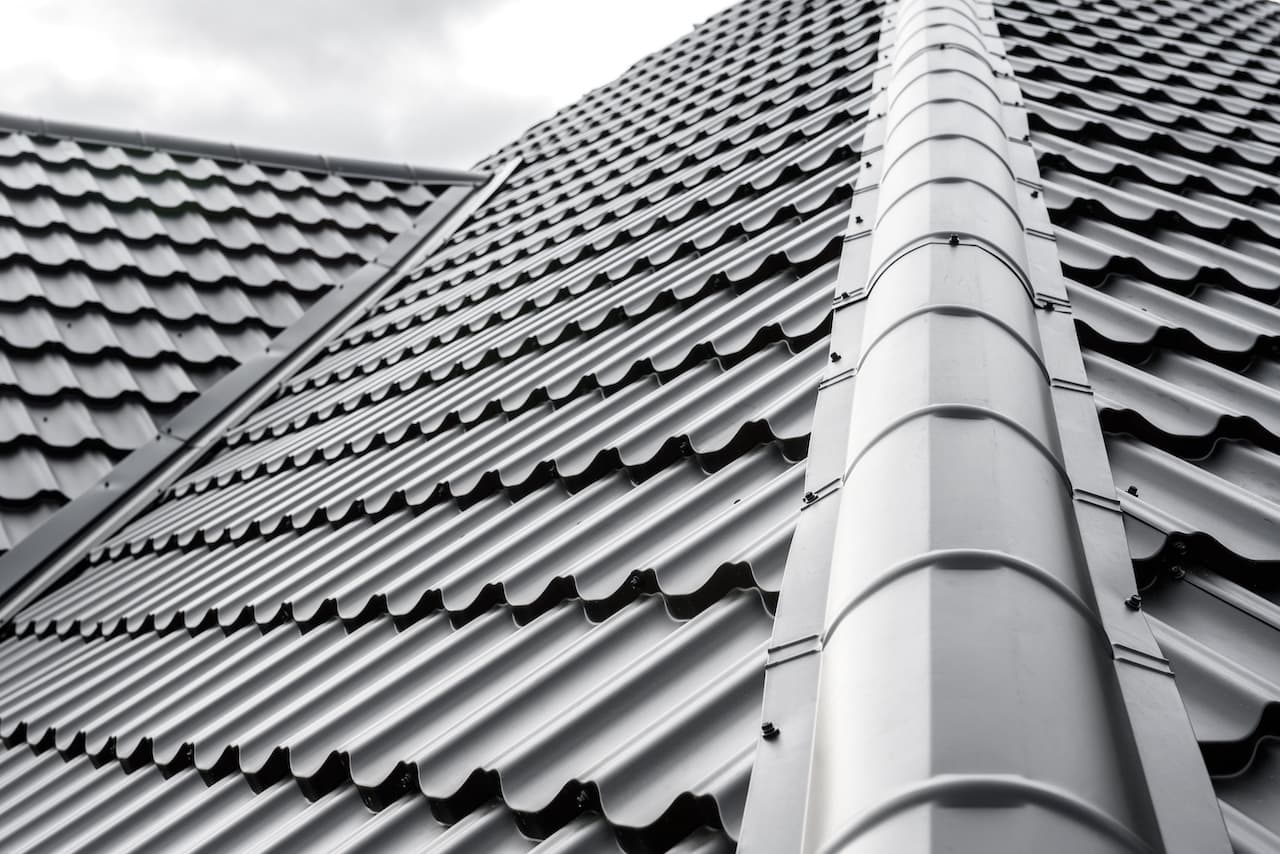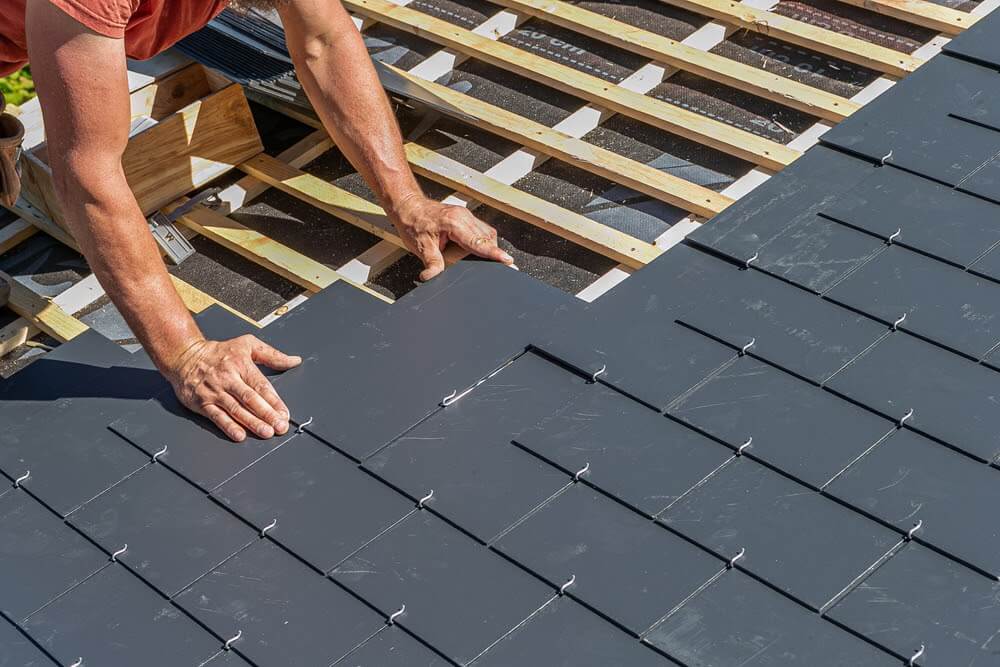The Ultimate Guide to Weather-Resistant Roofing Systems
A roof is a home’s first line of defense against the elements. It shields us from rain, snow, wind, and extreme temperatures. Therefore, investing in a weather-resistant roofing system is crucial to ensure the longevity and integrity of your home. This guide will delve into various weather-resistant roofing options, their benefits, and considerations to keep in mind when selecting the right system for your property.
Types of Weather-Resistant Roofing Systems
Selecting the right roofing material is a critical decision for homeowners, as it directly impacts a property’s ability to withstand the elements. There are various types of weather-resistant roofing systems available, each with its unique attributes and strengths.
From the ever-popular asphalt shingles to innovative options like solar roofing, understanding the range of choices empowers homeowners to make informed decisions about their roof’s durability and resilience. Let’s explore some of the most effective weather-resistant roofing options available today.
Asphalt Shingles

Asphalt shingles are the most common roofing material in North America. They are known for their affordability, versatility, and relatively easy installation. Modern asphalt shingles are reinforced with fiberglass or organic materials and coated with weather-resistant granules. They can withstand a wide range of weather conditions, making them a popular choice.
Benefits:
– Affordable compared to other roofing materials.
– Available in a variety of colors and styles to suit different architectural designs.
– Resistant to UV rays, making them a durable choice for sunny climates.
Considerations:
– Not as long-lasting as some other materials, with a typical lifespan of 20-30 years.
– Prone to wind damage in severe storms.
Metal Roofing

Metal roofing is gaining popularity due to its exceptional durability and longevity. It’s typically made of steel, aluminum, or copper, and comes in various styles, including panels, shingles, and tiles. Metal roofs are highly resistant to fire, wind, and hail, making them an excellent choice for areas prone to severe weather.
Benefits:
– Extremely durable, with a lifespan of 50+ years.
– Reflective surface helps to reduce energy costs by keeping the interior cooler.
– Resistant to fire, mildew, insects, and rot.
Considerations:
– Initial cost is higher than some other roofing materials.
– Expansion and contraction due to temperature changes can cause noise if not properly installed.
Slate Roofing

Slate is a natural stone material that provides exceptional weather resistance. It’s known for its elegance and longevity, with some slate roofs lasting over a century. While it’s a premium material, the investment can be justified by its unparalleled durability.
Benefits:
– Extremely durable and long-lasting, with a lifespan of 100+ years.
– Resistant to fire, rot, and insects.
– Adds a timeless and elegant aesthetic to a property.
Considerations:
– Considerably heavier than other roofing materials, requiring a structurally sound frame.
– Installation can be more labor-intensive and costly.
Synthetic Roofing Materials

Synthetic roofing materials, such as polymer-based shingles or tiles, mimic the look of natural materials like slate, wood, or clay. They offer the aesthetic appeal of traditional materials with enhanced durability and weather resistance.
Benefits:
– Lightweight yet highly durable and weather-resistant.
– Available in a wide range of styles and colors.
– Resistant to rot, insects, and fire.
Considerations:
– Quality and lifespan can vary depending on the manufacturer.
– Initial cost may be higher than standard asphalt shingles.
Installation and Maintenance
Regardless of the material you choose, proper installation is paramount to ensure weather resistance. Hiring a reputable, experienced contractor is crucial. Additionally, regular inspections and maintenance can extend the lifespan of your roof and enhance its weather-resistant properties.
Skilled contractors possess the expertise and knowledge to install the chosen material correctly, maximizing its effectiveness against the elements. Their attention to detail in areas such as sealing, flashing, and ventilation can make a significant difference in a roof’s longevity and performance.
Furthermore, routine inspections and maintenance carried out by professionals can catch potential issues early, preventing costly repairs down the line. Investing in professional installation and maintenance is an investment in the long-term protection and value of your home.

Additional Considerations for Weather-Resistant Roofing
Besides learning about the different materials to weather-resistant roofing systems, here are other things you must consider:
Impact Resistance
In areas prone to hailstorms or falling debris, considering impact-resistant roofing materials is essential. Certain roofing options, like metal and some synthetic materials, offer higher resistance against impacts, ensuring your roof remains intact even in harsh weather conditions.
Insulation and Energy Efficiency
Weather-resistant roofing isn’t just about external elements; it also plays a role in your home’s energy efficiency. Investing in roofing materials with good insulation properties can help regulate indoor temperatures, reducing energy consumption and costs in both hot and cold climates.
Ventilation Systems
A well-designed ventilation system can enhance the longevity and performance of your weather-resistant roofing. Proper ventilation helps prevent moisture buildup, which can lead to issues like mold growth and roof deterioration. Consider incorporating ridge vents, soffit vents, or powered attic fans into your roofing system.
Sealing and Flashing
A critical aspect of weather-resistant roofing is the integrity of its seals and flashing. These components prevent water intrusion at vulnerable areas like valleys, roof edges, and around chimneys or vents. Regular inspections and maintenance of seals and flashing are crucial to ensure your roof remains weather-tight.
Gutter Systems
An often overlooked but essential component of weather resistance is an effective gutter system. Properly functioning gutters and downspouts redirect water away from your roof and foundation, preventing potential water damage and prolonging the life of your roofing material.
Local Building Codes and Regulations
Compliance with local building codes and regulations is crucial when installing a weather-resistant roofing system. These codes are designed to ensure that roofs can withstand the specific weather conditions of your area. Working with a licensed and knowledgeable contractor will help ensure that your roof meets all necessary requirements.
Wrapping It Up
Investing in a weather-resistant roofing system is a wise decision for any homeowner. Consider your climate, budget, and aesthetic preferences when choosing the right material. Remember, a well-maintained roof not only protects your home but also adds value and curb appeal. By selecting the appropriate roofing material and ensuring proper installation, you’ll enjoy a safe and comfortable living space for years to come.
If you are looking into getting a roof inspection for maintenance or repair, we’ve got you covered at Stradling Roofing. Contact us now for a free inspection.
